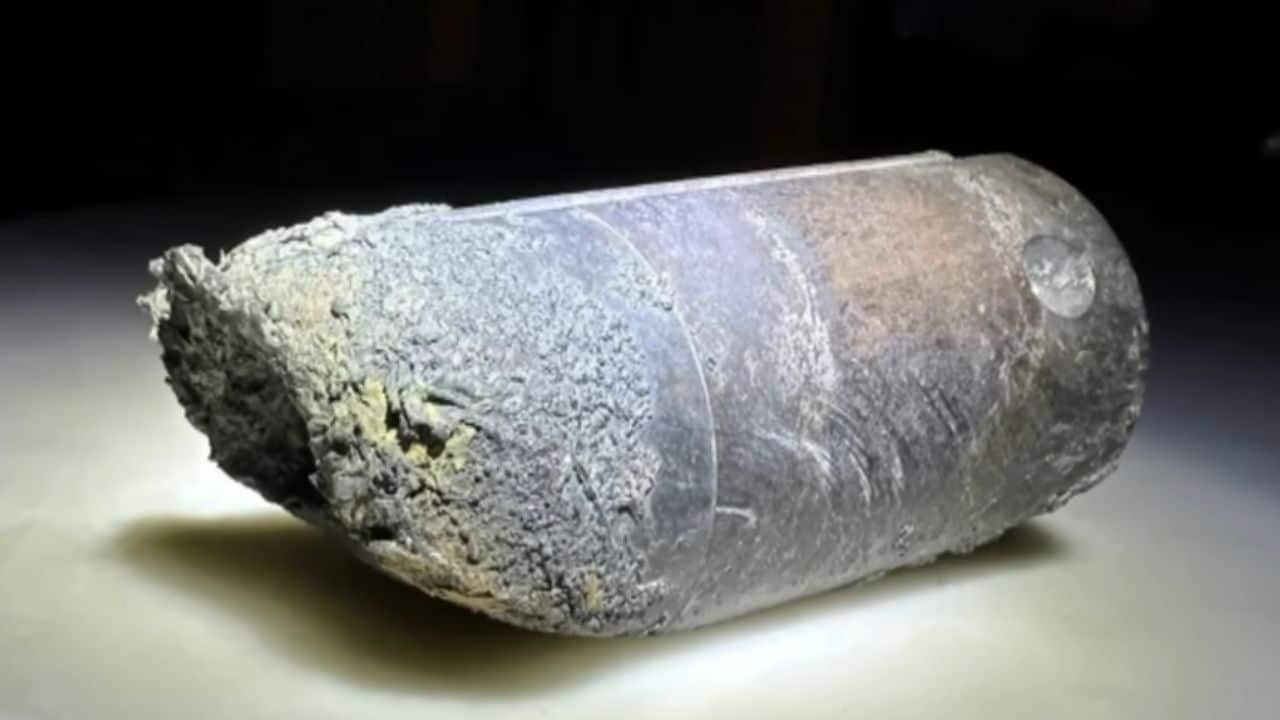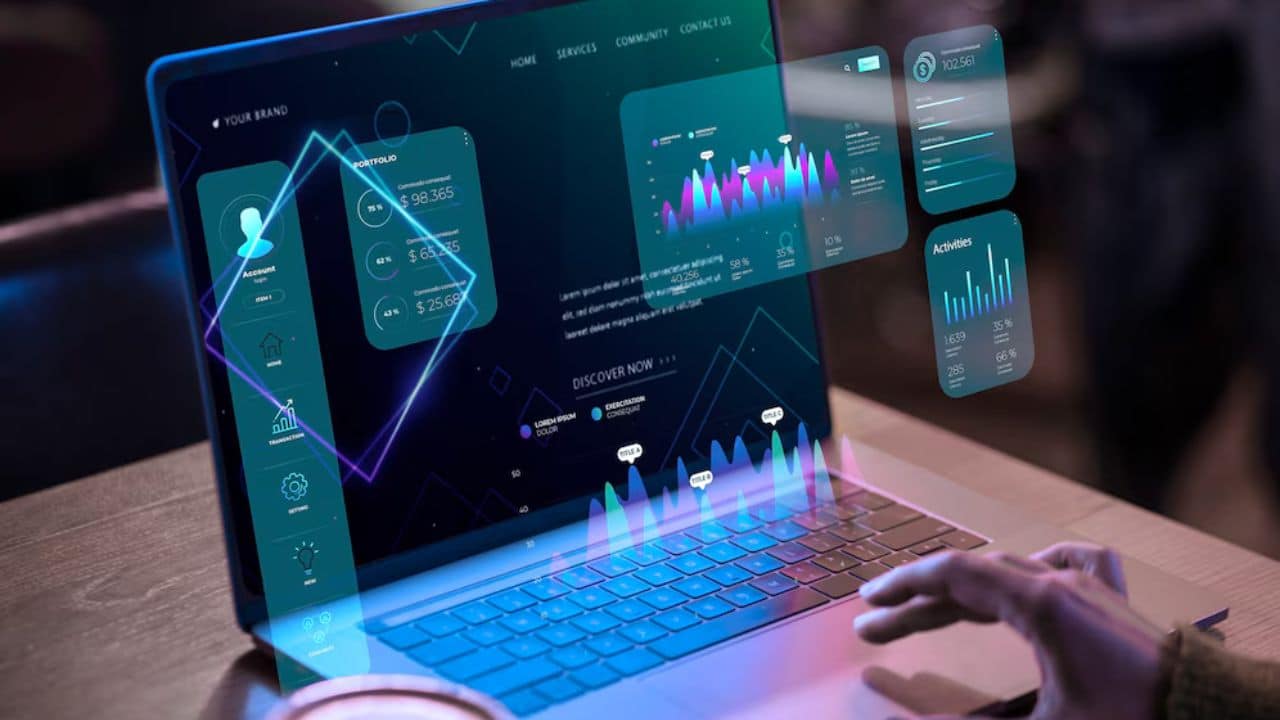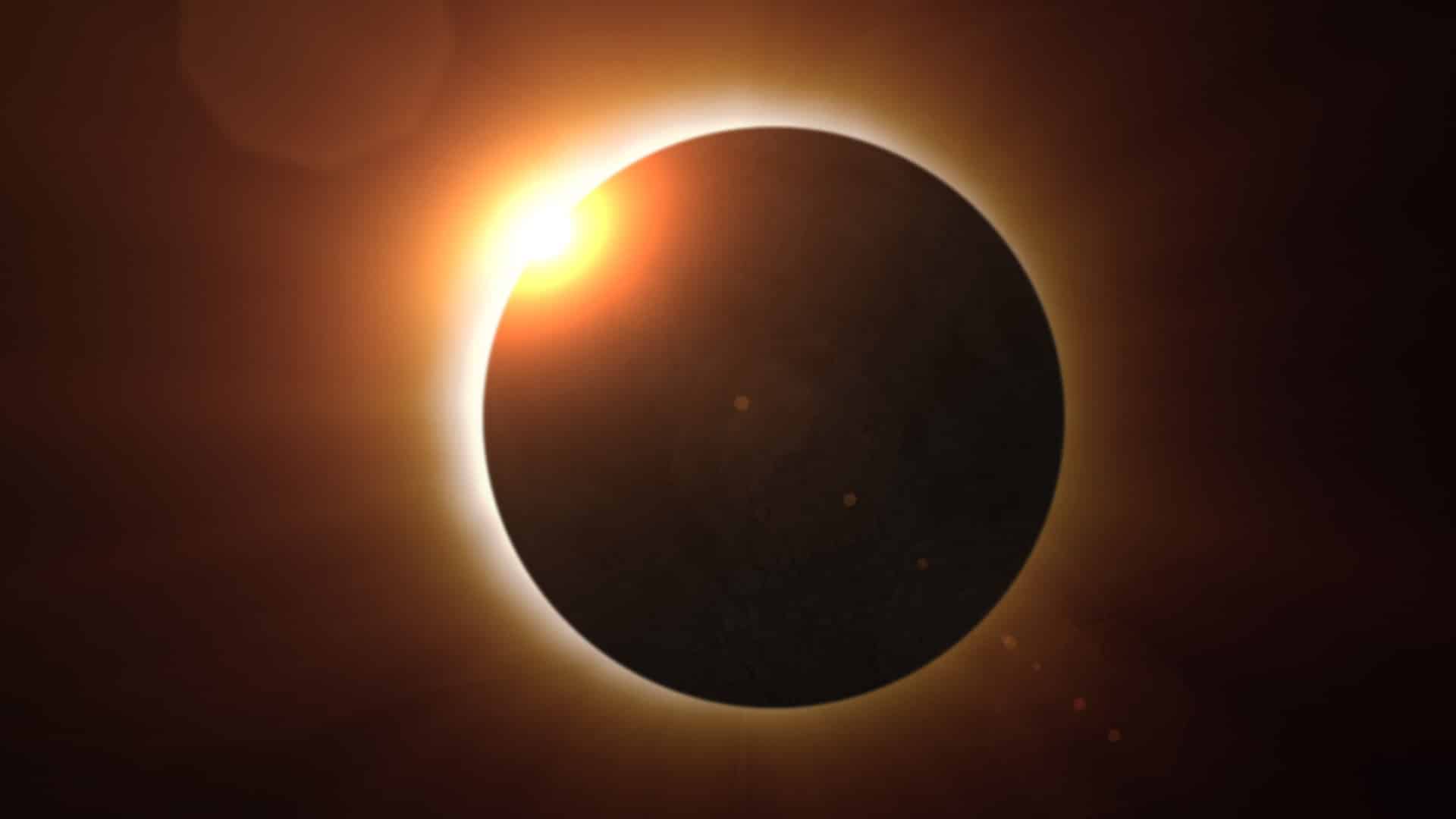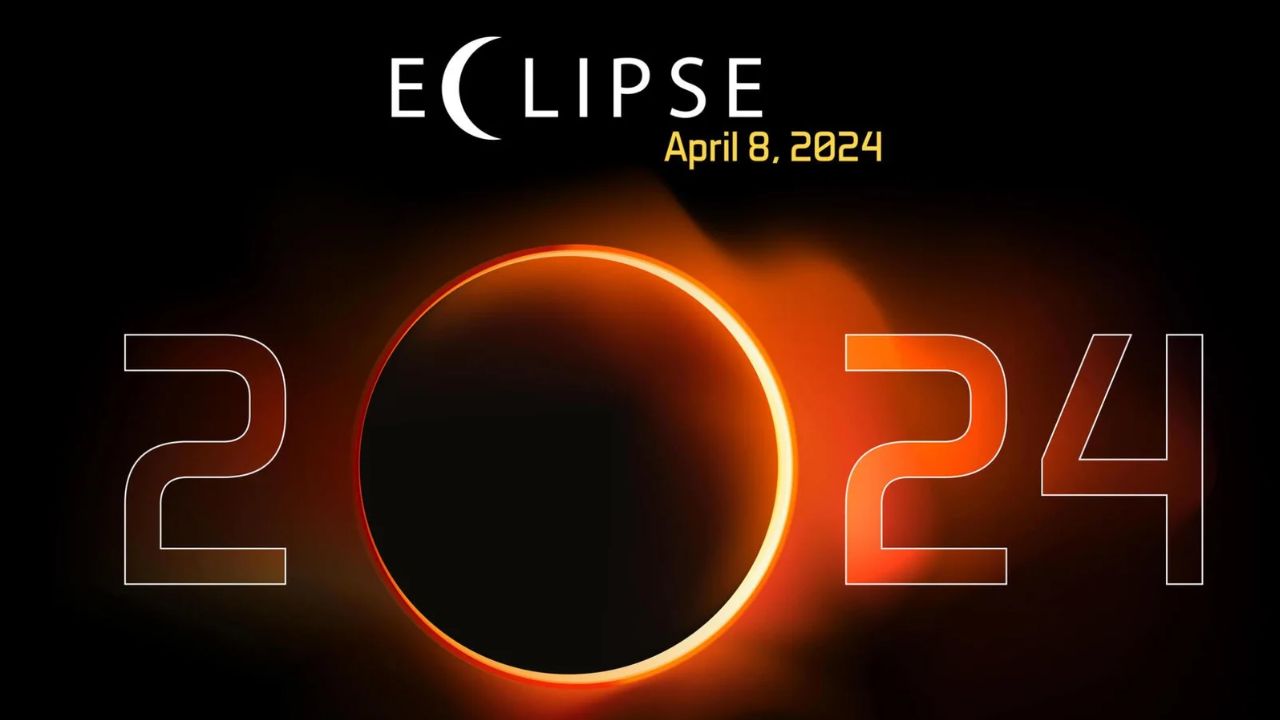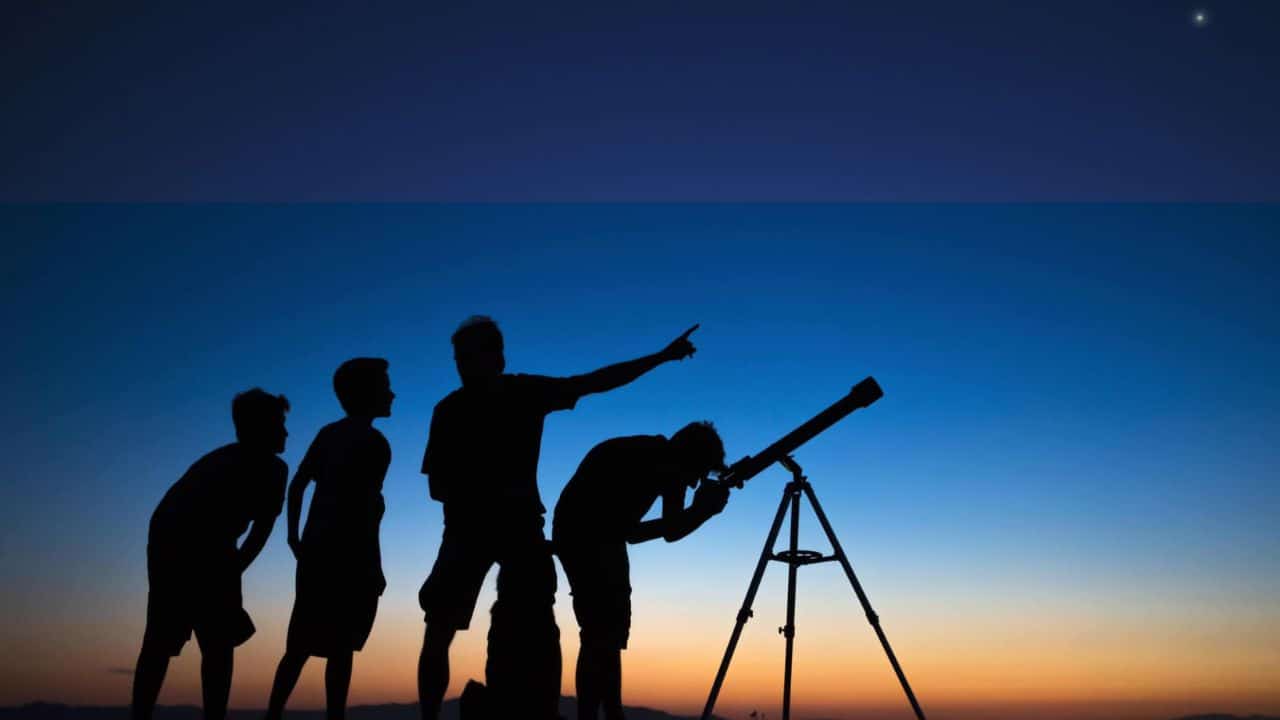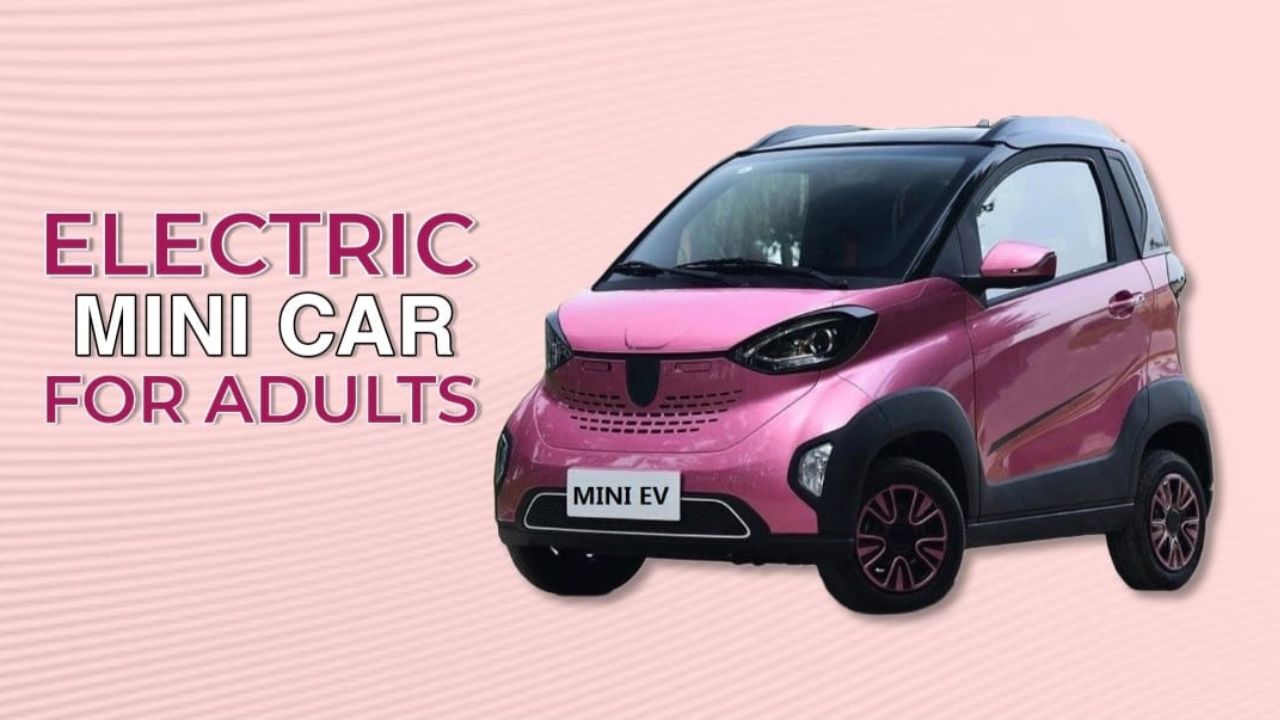NASA has announced that its ice-mining mission, scheduled to fly in 2022, will land on a ridge near Shackleton crater on the lunar South Pole, spot engineers and scientists have been evaluating for months. This region, known as the “Shackleton connecting ridge,” may hold ice beneath the surface, according to NASA data from spacecraft orbiting the Moon.
The region receives enough sunshine to power a lander for a 10-day mission, as well as a clear line of sight to Earth for constant communications. It’s also next to a little crater, which is perfect for a robotic outing. Experts from NASA, Arizona State University, Johns Hopkins Applied Physics Lab, Nokia, and Intuitive Machines used lunar remote sensing data to generate “ice-mining” maps of the lunar surface to choose the ultimate landing site.
The Polar Resources Ice-Mining Experiment-1 (PRIME-1) will be linked to a robotic lander and will settle on the lunar surface. PRIME-1 is made up of a drill and a mass spectrometer, as well as a 4G/LTE communications network built by Nokia of America Corporation and Micro-Nova, an Intuitive Machines deployable hopper robot.
After landing, the PRIME-1 drill will attempt to dig up to three feet deep, retrieve lunar soil (called regolith), and deposit it on the surface for water analysis using The Regolith Ice Drill for Exploring New Terrain (TRIDENT) instrument. The MSolo (Mass Spectrometer Observing Lunar Operations) will monitor volatile gases that are easily ejected from TRIDENT-excavated material.
The first demonstration of locating and harvesting resources on the Moon will be PRIME-1. These technologies must be developed in order to create a stable, long-term presence in deep space, especially on the Moon as part of NASA’s Artemis missions.
While PRIME-1 investigates the resources beneath the moon’s surface, Nokia will put its space-hardened 4G/LTE network to the test. Lunar Outpost’s small rover will travel more than a mile from the Nova-C lander to test Nokia’s wireless network at various distances. The lender will send data back to Earth while the rover communicates with a base station on Nova-C.
This experiment could pave the way for a commercial 4G/LTE system on the lunar surface for mission-critical communications. According to NASA, this includes communications, as well as high-definition video transmission from astronauts to base stations, vehicles to base stations, and more.
Niki Werkheiser, director of technology maturation for NASA’s Space Technology Mission Directorate (STMD) at NASA Headquarters in Washington, said, “These early technology demonstrations employ innovative partnerships to provide valuable information about operating on and exploring the lunar surface.”
“The data will be used to influence future designs for in-situ resource utilization, mobility, communication, power, and dust mitigation capabilities,” Werkheiser said.
Apart from this, you can also read Entertainment, Tech, and Health-related articles here: Dave Portnoy net worth, Lionel Messi net worth, Keanu Reeves net worth, The Equalizer 3, The 100 Season 8, Gina Carano net worth, Bruno Mars net worth, KissAnime, Jim Carrey net worth, PDF Drive, How to delete Reddit Account, Sweet Home Season 2, How much are pearls worth, Rainbow Kiss, MovieRulz, Sex Education season 3, NFL Live Stream, Youtbe, Bailey Sarian Net Worth, Bollyshare, Afdah, Moviezwap, Y8, Jalshamoviez, Project Free TV, Kissasian, Holiday Season, Sears Credit Card, GoDaddy Email, Mangago, Jio Rockers, M4uHD, Hip dips, M4ufree, NBAstreams XYZ, CCleaner Browser review, Avocado Calories, Bear Grylls net worth, Highest Paid CEO, The 100 season 8, Sundar Pichai net worth, Grimes net worth, F95Zone, Sherlock Season 5, Homeland Season 9.



